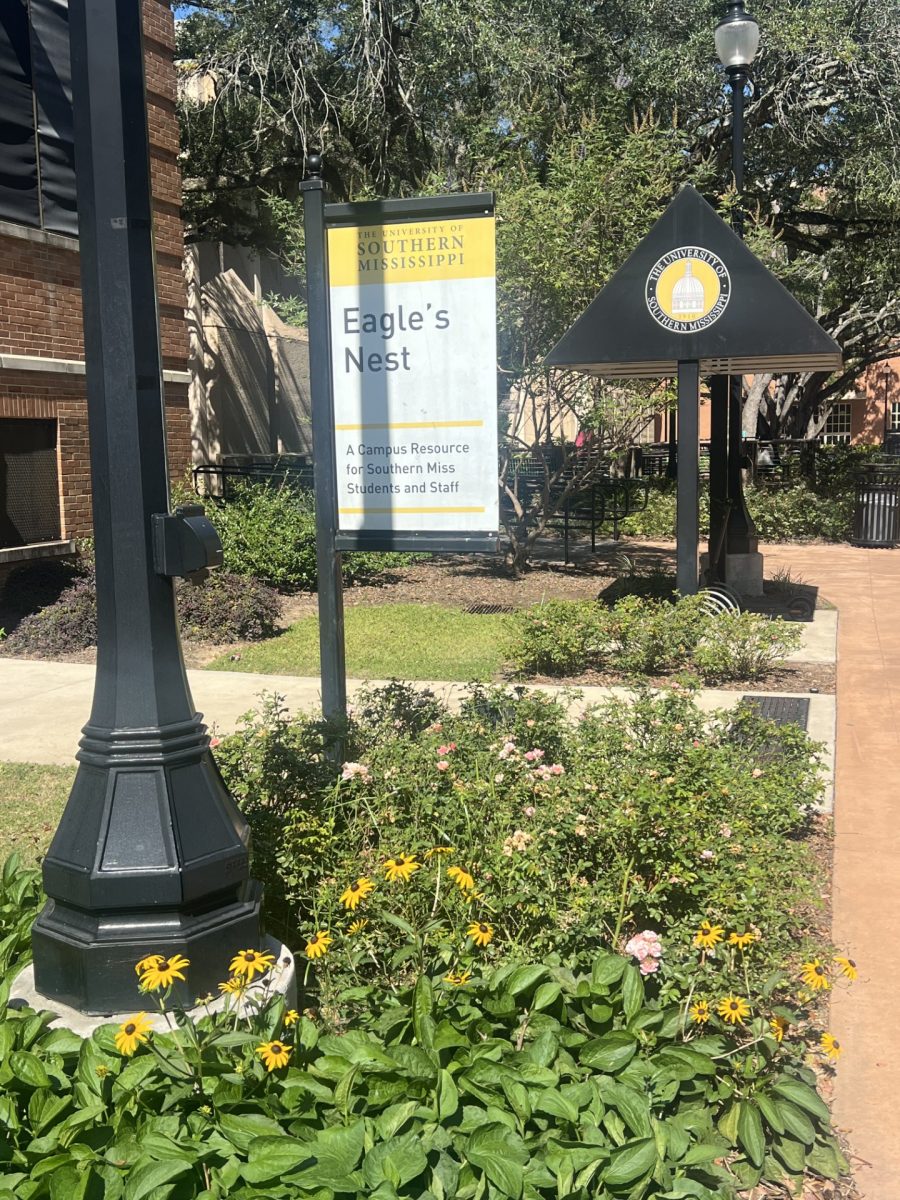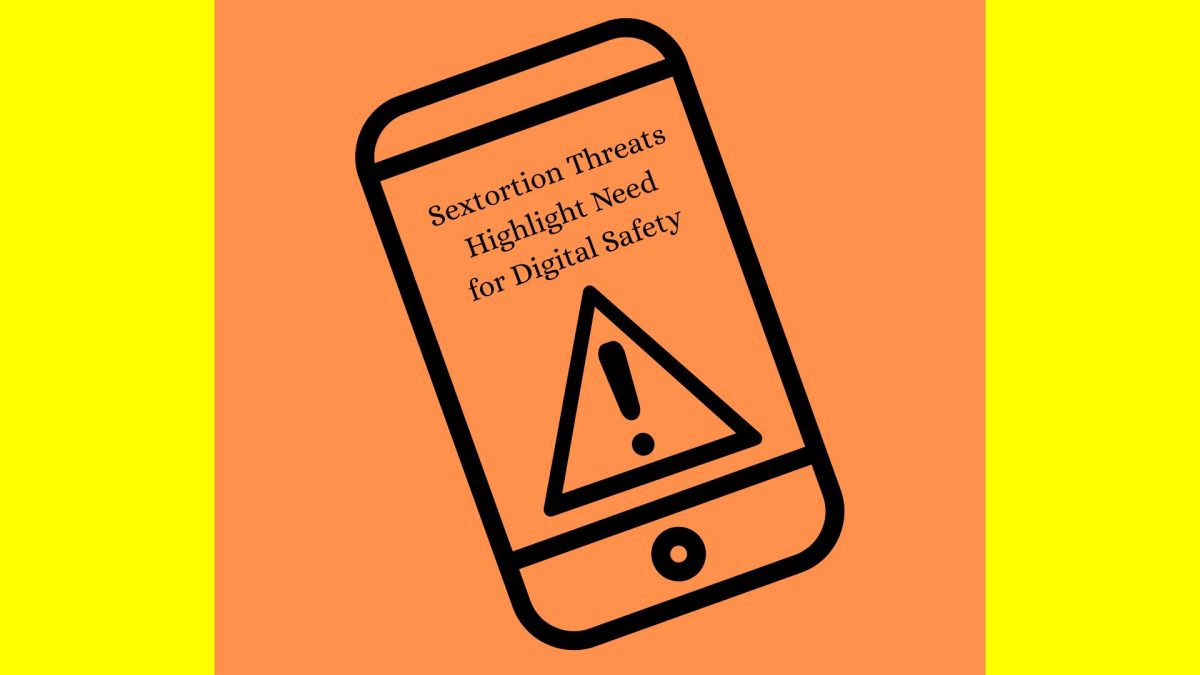The growing frequency of online sextortion schemes has raised concerns about digital safety for students, as underscored by the recent death of a 16-year-old Kentucky boy.
Sextortion is a form of blackmail where perpetrators threaten to share explicit images or videos unless victims comply with their demands. Federal agencies, including U.S. Immigration and Customs Enforcement (ICE) and Homeland Security Investigations (HSI), report that individuals engaging in sextortion have become more adept in their tactics.
According to the ICE website, common tactics used by sextortion predators include:
Building false rapport with victims
Secretly recording explicit content during online chats
Using multiple identities to contact victims
Pretending to be younger or of a different gender
Hacking accounts to steal sexual images
Threatening to commit suicide if victims refuse to send images
Using social media to gather personal information about victims
Elijah Heacock, a 16-year-old from Kentucky, died from a gunshot wound on Feb. 28, which authorities believe was linked to online predators who blackmailed him for money.
“This case was kind of like a flashback memory, because something like this personally has happened to me before,” said Ashawndra Simmons, a musical education major at the University of Southern Mississippi (USM). “It kind of just allowed me to reflect on how it made me feel.”
As digital technology usage increases, students face heightened risks of sextortion, according to Simmons and others.
“I’ve heard of people sending images on Snapchat,” said Gracie Sullivan, a USM student minoring in political science. “Most people are less likely to send specific photos like that on iMessage just because it seems more permanent. So, I feel like social media apps like Snapchat add fuel to the fire.”
While some students acknowledge the existence of organizations offering prevention resources, awareness of online protection remains limited.
“I know that there are different organizations that provide prevention against these types of things, but I’ve never heard anything about protection online,” Simmons said.
USM’s counseling services, the Dean of Students Office, and campus police are recommended resources for students who may experience sextortion or similar threats. Authorities encourage students to report any instances of online blackmail or suspicious activity.
“This is a situation a student does not have to manage alone,” said Chief Keyes of USM’s University Police Department (UPD). “If a student is a victim of sextortion or feels they may be a victim, please contact the University Police Department for assistance.”
To help prevent sextortion, USM students are encouraged to exercise caution when sharing personal information or explicit content online, verify the identities of those they communicate with, and report suspicious or threatening behavior to campus police or local authorities.
Categories:
Sextortion Threats Highlight Need for Digital Safety
Elisha Williams
|
April 2, 2025
0
Donate to SM2
Your donation will support the student journalists of University of Southern Mississipi. Your contribution will allow us to purchase equipment and cover our annual website hosting costs.
More to Discover























